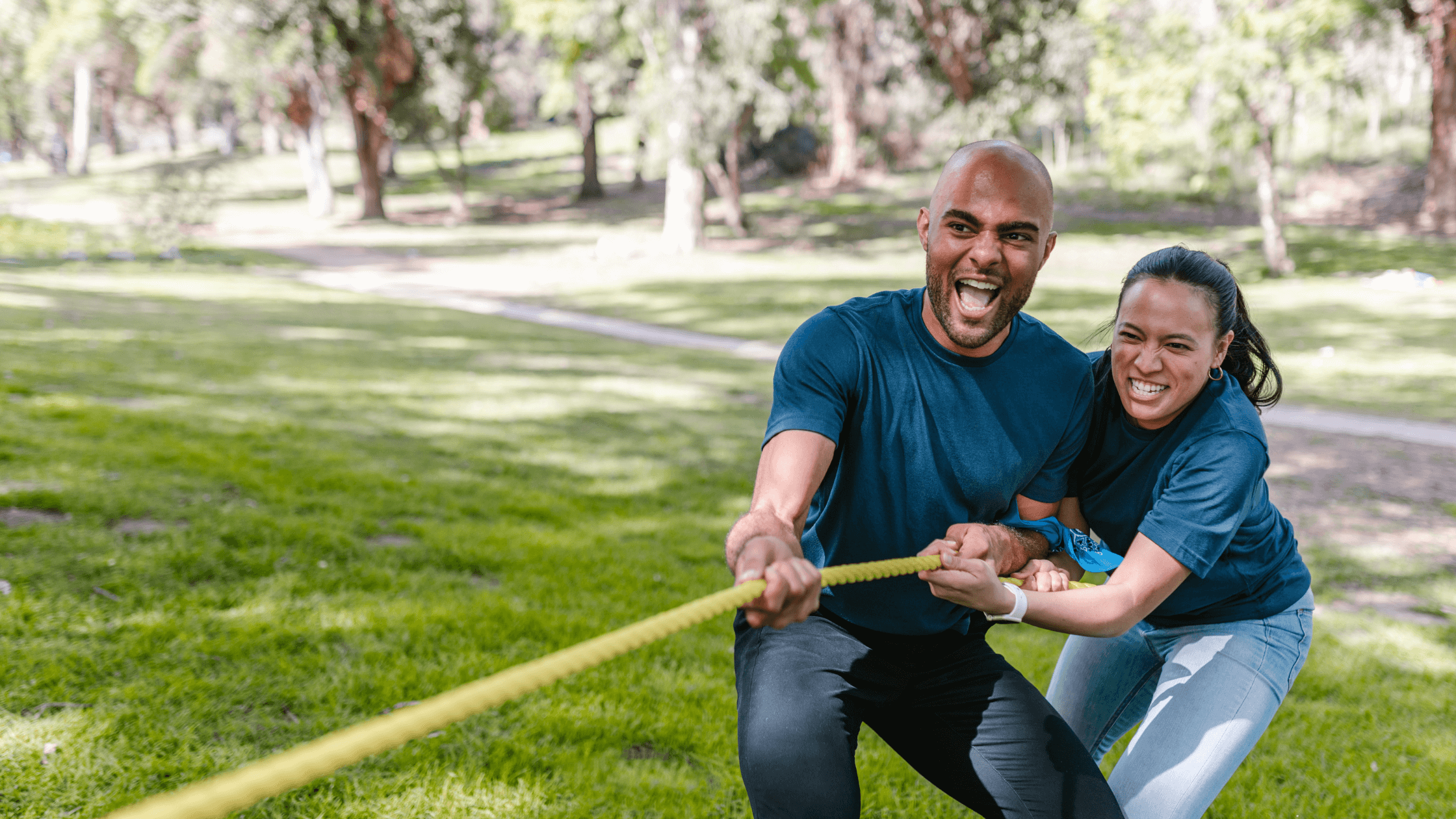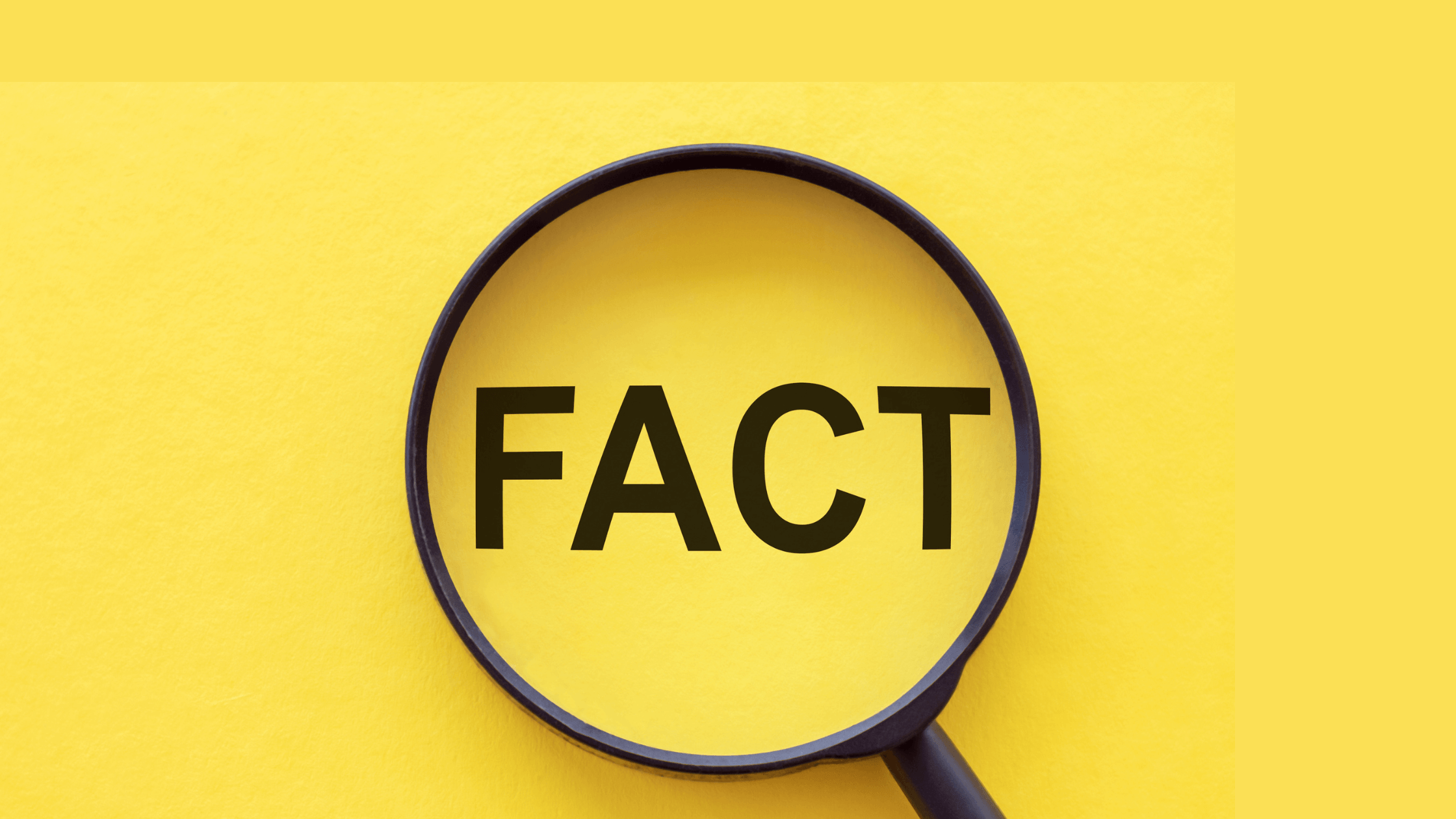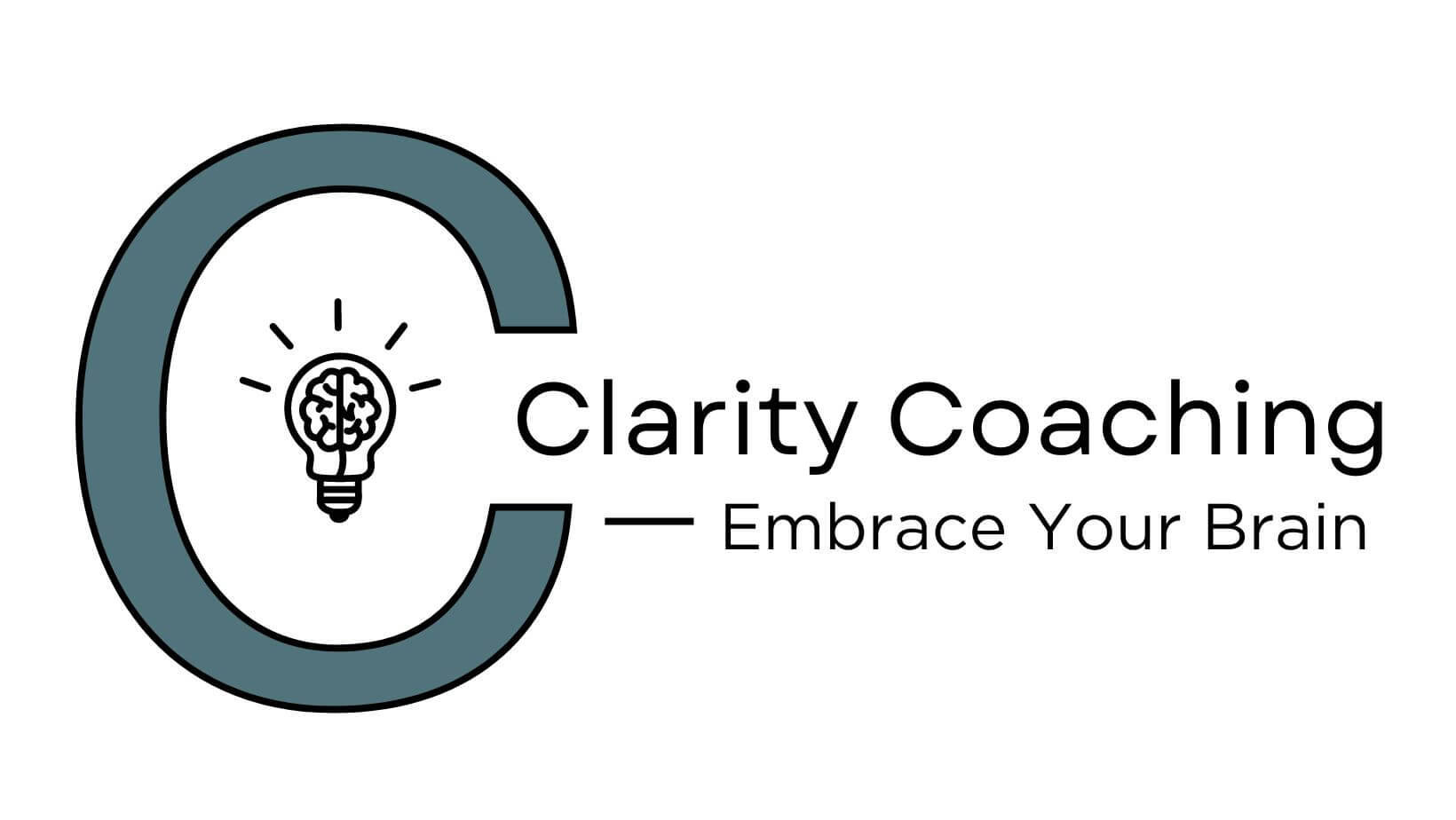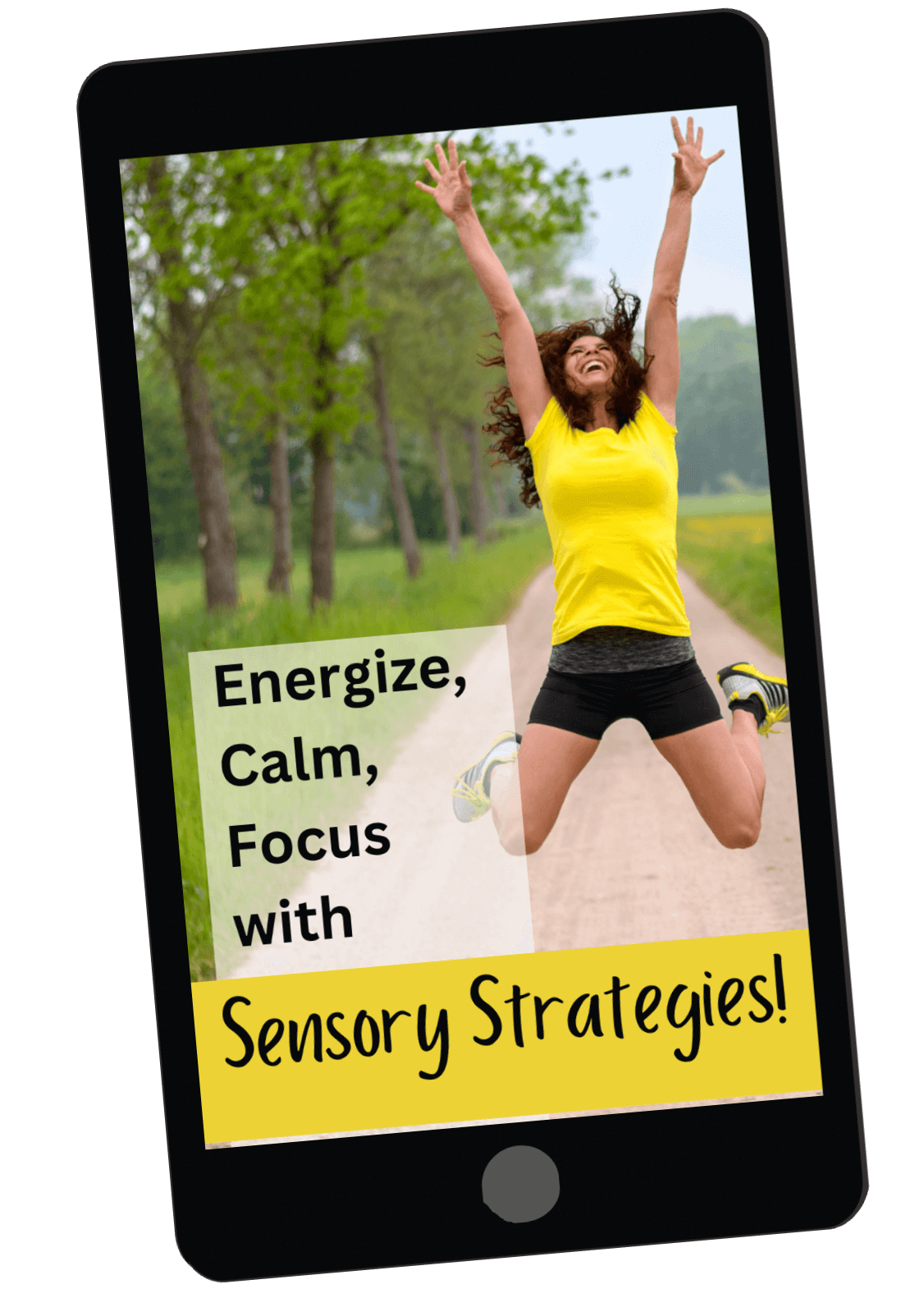ADHD in Girls: Why It's Missed and Why It Matters
ADHD is a neurodevelopmental condition, meaning it starts in childhood. But many women aren’t diagnosed until adulthood—if at all—because their traits didn’t match the stereotype.
They're more likely to be diagnosed with inattentive-type ADHD and may miss details or struggle to keep up. But if they’re not disruptive, their struggles can get overlooked or misinterpreted.
Instead of support, they get labels: lazy, sensitive, dramatic, spacey, etc.
Their History Has Been Replaced with Self-Judgment
Over time, they start to believe those labels. They may even go to great lengths to “compensate” for them; developing patterns of people pleasing, perfectionism, and constant hypervigilance that carries on to adulthood.
By the time many women reach out for support, they’ve spent years trying to “fix” things they thought were character flaws—but they were missed signs of ADHD.
Understanding the Past Leads to Present Solutions
When girls are missed, they grow into women who are still trying to make sense of themselves while carrying stories shaped by shame, misunderstanding, and self-criticism.
That’s why understanding the many ways ADHD can show up in girls is so important. Recognizing these traits early and getting real tools for ADHD can change everything.
Meet the Girls
To help paint a real-world picture, I'm introducing eight girls based on real-life experiences. Each one reflects different ways ADHD can impact everyday life:

Ellie
Ellie is sensitive and emotional. She cries easily, gets overwhelmed, and melts down- both at home and in school. At home, she’s explosive. At school, she tried holds it together—with varying degrees of success.
Her emotional regulation and impulsivity struggles are interpreted as her being “too dramatic,” and she’s losing friends because of it.
She needs support and tools to regulate big emotions—not messages that she’s “too much.”
Natalia
Natalia is social and makes friends easily—but her friendships are starting to falter. She interrupts, misses social cues, and doesn’t realize how her impulsivity is impacting others.
Natalia also has a hard time with working memory- so she interrupts because she knows she won’t remember what she wants to say if she waits.
One day, she overhears her friends saying she’s “annoying and selfish”. She’s heartbroken—and totally blindsided. She cares about her friends and wants to connect with them, but without context, her behaviors look inconsiderate.
Her impulsivity is misread as rudeness, but it’s a gap in executive functioning skills, not character.
Meg
Meg is a straight A student. Quiet, careful, and invisible. But under the surface, she’s constantly anxious. She leans heavily on a friend for help remembering what the teacher said, or understanding the homework instructions.
She’s exhausted by the end of the day—and no one sees it. Her anxiety has helped her compensate for ADHD traits. But the cost is high.
Her success hides her struggles— she’s silently suffering and on the path to burn out.

Jessie
Jessie has the hyperactive/impulsive ADHD profile. At home, she’s constantly in motion—flipping off couches, getting up during meals, unable to sit still. Self-care is rushed or incomplete, and everyday routines are a struggle.
In the classroom, Jessie rushes through work, makes careless errors, and is disruptive—often talking loudly, touching others, or even walking out mid-lesson.
While her behavior increases the likelihood of being identified with ADHD (because it’s so externalized and disruptive), Jessie often receives negative feedback: “too much,” “too loud,” “annoying.”
Traditional reward systems don’t work well for her, and this mismatch between her needs and the support available adds to the frustration and misunderstanding.
She needs tools tailored to her unique brain—not punishment for her wiring.
Shreya
Shreya also seeks out movement, but in subtler, more sensory-based ways. In class, she fidgets—doodling, folding paper, playing with shoelaces—not to be distracted, but to pay attention.
These stimming behaviors help her regulate and stay alert, though they’re often misread as disrespect or inattention. At home, she hums, plays with her food, or fidgets while doing homework, which can annoy others but is often unconscious.
Shreya’s brain seeks sensory input to stay engaged. When that input is suppressed—by discipline or shame—she loses a key self-regulation tool.
Supporting her means understanding her stims as adaptations, not problems and helping her problem solve if they get in the way of her neighbor’s learning.

Jada
Jada lives with both ADHD and sensory processing challenges. Her nervous system is highly reactive to things like clothing textures, bus rides, and noisy environments.
These constant sensory assaults dysregulate her, making it hard to focus, connect, or learn—even after the input stops.
Because she’s so often overstimulated, Jada may seem irritable, rigid, or controlling. Her day is marked by trying to cope with an overwhelming world, which leaves little energy for learning.
While sensory processing issues don’t always mean ADHD, they’re common together—and for Jada, they shape her entire school and social experience.

Faith
Faith flies under the radar with inattentive-type ADHD. In class, she appears low-energy, quiet, even sleepy. Though very intelligent, she processes information slowly, and when the classroom moves fast, she gets left behind.
This leads to discouragement and disengagement. By the time she gets home, she’s exhausted—emotionally and mentally drained—and often melts down.
Faith struggles not just with attention but with regulating her energy level. Auditory distractions make things worse; she can’t filter them out, so her focus and mental stamina plummet.
Faith isn’t lazy—she’s overwhelmed in an environment that moves too fast and too loud for her brain.

Lily
Lily is what some might call “a master of disaster.” Her spaces—room, locker, backpack—are chaotic. She loses things constantly and struggles to begin or complete tasks, despite motivation.
It’s not that she won’t clean her room or do her homework—it’s that she can’t.
Lily’s executive functioning challenges make organizing, sequencing steps, and remembering systems incredibly difficult. She often shuts down when tasks feel too big.
Adults may assume she’s defiant or lazy, but in reality, she lacks key skills and needs more support than peers her age. With scaffolding and skill-building, Lily can gain the structure her she needs.
Early Diagnosis is Key
This is a complicated issue. ADHD doesn’t have one “look.” It’s shaped by personality, social context, masking, gender roles, masking and more.
But what’s not complicated is this: when we understand how ADHD traits show up differently in girls, we can change lives.
We can stop missing the Ellies, the Natalias, and the Megs.
We can give women a way to reconnect with their childhood experiences and rewrite the stories they’ve carried for too long.
We can recognize that “doing well” on the outside doesn’t always match what’s going on inside and empowers girls with the tools they need to be successful.
Today, I want to talk about something I see often in my work: the sensory mismatch between parents and their children—and the guilt that can come with it.
When Your Sensory Needs Don’t Match Your Child’s
Kids can be a sensory onslaught. They’re tons of touch, noise, movement, energy—all day, every day. And if you're a person who experiences sensory input as overwhelming or even threatening, that constant flood of sensory input can be rough.
I hear this often, especially from moms. These are people who love their kids deeply, but find themselves touched out, overstimulated, and burned out. The guilt creeps in fast: “What kind of mom can’t stand being around her own kids?”
But here’s the truth: feeling overstimulated isn't a moral failure. It's not a reflection of your love for your children or your worth as a parent. If you're experiencing sensory overload, it's a "misfit" of the sensory input your nervous system can manage and your environment and there are things you can do to manage that!

Guilt Doesn’t Solve Problems—It Shuts Them Down
When guilt is in the driver’s seat, we tend to ignore the problem or push through until we reach the point of total dysregulation. That could look like:
- Shutting down
- Exploding in anger
- Disconnecting from your body or emotions, aka "freezing"
Whatever it looks like for you, once you’re dysregulated, you're in "reaction mode" and it’s pretty challenging to make conscious choices from that place. That’s why we need strategies to notice what’s happening before we hit that tipping point.
Modeling Self-Awareness Helps Your Kids Too
Here’s a reframe that might help: taking care of your sensory needs isn't just for you. You're also modeling self-advocacy and skills that build emotional awareness for your kids—those are things they’ll need for the rest of their lives.
When you say, “My body feels tight and my face feels hot, and that tells me I need a break,” you’re showing them what it looks like to notice the signs their bodies are giving them and listen to them. And that’s powerful.
So What Can You Do?
Let’s talk about real-world strategies you can try when you’re feeling overwhelmed:
1. Take a Sensory Break
Yes, it can be hard with young kids. It might require outside support from your partner, family, babysitter, or friends. But if you’re at your breaking point, a break isn’t a luxury—it’s a necessity.
Create a plan for mini-breaks, even if it’s stepping outside for 2 minutes or doing a few deep breaths in the hallway.
2. Talk About It—Even With Young Kids
Use simple, body-based language:
“All the noise is making my stomach feel jumpy and my face feel hot. I need a little quiet.”
You might not get the response you hope for—your child might even melt down—but this is long-game parenting. The more you model emotional regulation, the more they'll internalize it.
3. Reduce Sensory Input Where You Can
Find ways to dial things down:
- Noise-canceling headphones
- Soft lighting
- Decluttering or hiding visual mess (yes, tossing toys in a bin counts)
- Picking the room with less sensory “clutter”
This isn’t about perfection. It’s about lessening the load, not eliminating it entirely.
4. Get Creative With Touch
If you're feeling "touched out," that doesn’t mean you can’t connect physically with your kids—it just means you may need to get creative. For example, you can offer deep pressure through play.
A game I used to play in OT sessions was the “pizza game”—rolling a yoga ball over a child like they’re dough, then adding pretend “toppings.” It provided calming proprioceptive input and allowed for playful connection without the constant climbing and grabbing that can feel overwhelming.

Understanding Proprioceptive Input: A Regulation Superpower
Proprioceptive input is sensory input to your muscles and joints. It helps your brain know where your body is in space and can help regulate your nervous system.
Things like:
- Stretching
- Jumping
- Pushing against a wall
- Carrying something heavy
- Doing a wall sit or yoga pose
- Getting deep pressure through massage
This kind of input helps whether you’re overstimulated or under-stimulated, and it's my go-to tool for both parents and kids. Try engaging in these activities together—it might help everyone in the house calm down and reset.
You Are Not a Bad Parent
I've said it once, I'll say it again (or 1000 more times): You’re not a bad parent.
A sensory mismatch with your child is just that. It just means the needs of you and your child are different. That’s nothing to feel guilty about—it’s human.
Many neurodivergent parents are raising neurodivergent kids. They’re learning together, adapting together. By taking care of yourself, you’re giving your kids a huge gift: the language, tools, and permission to care for their own needs.
Final Thoughts
If you made it to the end of this post, it means you care deeply. You’re working to understand your experience and supporting your children in the best way you can. That alone says a lot.
So keep showing up. Keep trying. Be kind to yourself. This is hard work—and you’re doing it!
Time management can be particularly challenging for those with ADHD due to a unique perception of time, which often feels more like guessing than knowing. While traditional tools like planners provide a starting point, they might not fully support individuals with ADHD who struggle with a reliable sense of time. This gap can make everyday tasks, from arriving on time to completing projects, more complex without additional strategies to bridge their time perception.
Integrating sensory tools into time management can significantly benefit those with ADHD. For instance, using visual aids such as timers or sticky notes helps to physically represent time, making it more tangible and easier to track. Similarly, auditory aids like personalized playlists can cue the passage of time more effectively than standard alarms, assisting in internalizing the progression of minutes or hours.
By connecting time to sensory experiences, individuals can better manage task initiation, transitions, and the tracking of time. Physical representations of time can help prevent the all-too-common surprise of realizing how time has flown by, thereby making daily transitions smoother. This approach not only eases the challenge of starting tasks but also minimizes overwhelm, offering a practical solution for those struggling with traditional time management techniques.
Read more...When starting a new habit, the real task isn't what you might initially think. The process is less about the specific activity—like running, meditating, or studying—and more about shifting the action from something you consciously decide to do to something you do automatically. This transition requires significant effort as you're working on integrating this behavior into your routine seamlessly.
To foster a lasting habit, it's crucial to begin with actions so small that they're almost impossible not to do. Instead of waiting for motivation to begin with significant demands—like 45 minutes of running immediately—start with modest goals such as running for just one minute. This approach helps create the necessary space for the habit to grow its roots, making transitions to more extended periods more intuitive over time.
This method applies to any habit: whether it's studying, meditating, or managing daily emails, beginning with tiny increments encourages consistency and sustainability. Starting small ensures that the action becomes habitual, making it easier to incrementally increase the load and maintain the habit long-term. By doing so, you set the foundation for successful, enduring habits.
Your Stories Can Hurt Your Progress!
Not only do these shame-based stories wear us down, they move us far away from problem solving. That's because in order to effectively problem solve, we need to be open and curious. Curiosity comes with an open mind and on the hunt for new information. Self judgment is the opposite of openness and curiosity!

Going Back to School & Creating a NEW Story
Anna came to work with me because she planned to go back to school. She was undiagnosed in college and had lacked the tools she needed to be successful. She had “crashed and burned” her first time around (her words, not mine) and this experience left her feeling ashamed and unsure if she could ever be successful as a student.
Anna wanted to give herself every chance to do it differently this time, so we started to work together a couple months before the semester started. During that time, she laid the foundation she needed as a student. Her priorities included working on her sleep routine, developing a plan to eat regularly, creating a daily routine, and finding a system to keep track of her assignments and exams.
By the time school started, Anna had established these habits and she was quick to plug in to the support services on campus. As she neared the end of the semester, she was in a great place and her confidence was soaring!
The Unexpected
But then something we didn’t plan for happened; Anna came down with a nasty stomach virus. She missed an entire week of her classes. When she finally recovered, it was hard for her to get back to her new helpful routines. Before long, the end of the semester was approaching and she was behind on her assignments. She felt completely panicked and overwhelmed.
That’s when the old stories about herself started in. Her old stories said things like:
“You always end up in the same place, you’re behind again and you won’t catch up"
"Why is it so hard for you to get back to your routine? I knew this "new you" wouldn't last!"
"You’re going to fail this semester. You’ll never be able to change.”
By the time we met that week, Anna was in complete self judgement mode. There were several things we focused on during her session, but the first thing we did was challenge her old stories! Here's how we did it:

We Challenged Her Story With FACTS:
We identified the facts about Anna's situation so she could push back on the old stories! These were were the facts:
- FACT #1: She lost one week to being sick. This could happen to anyone and had nothing to do with ADHD!
- FACT #2: After being out one week, she was finding it hard to return to her habits. This is often true for those of us with ADHD. Rather than judge herself for this, we discussed how she could expect this, plan for it, and find strategies that worked for her brain when she had to "restart" habits after vacations, sickness, or other breaks. Even though returning to her routines was more challenging than she had expected, it didn’t mean that she lost the changes she made or that she wasn't going to be successful!
- FACT #3: She had given herself an amazing buffer by staying on top of her work up until this point. We took this opportunity to recognize all of the hard work she did earlier in the semester! This gave her the buffer she needed to be human now. She made regular decisions, week after week, that gave her the space she needed to handle the unexpected today.
- FACT #4: Even with the buffer, she was behind schedule and needed a plan to catch up. (And she was overwhelmed) After we challenged the old stories, this is what we focused on for the rest of her session. See more on how we did this below!
What We Did Next
We identified what she had left to do in the semester and broke those things down into smaller parts.
A part of breaking down these steps included estimating how long each step would take. We had to decide how much time she would spend on each step and determine if those steps would fit in the time she had left.
We also identified the steps that had the potential to lead her on "rabbit trails" and put rails on the amount of time she would spend on those.
For example, when we broke down her video presentation project, I asked her which steps had the potential to take on a life of their own. She doesn't love seeing herself in video form, so she recognized that she was likely to spend too much time re-recording her presentation in order to get the "perfect" recording. She decided to limit this by giving herself only three takes and choosing between those.
What We Did Last
Even though we had broken the steps down, Anne was still overwhelmed. She was seeing all of these undone steps at once and needed help to put "blinders" on so she could focus on just one step at a time.
*This is an important strategy if you’re dealing with overwhelm and can be done in different ways!
Anna and I approached this by planning for her to text me after she completed certain steps. Then we would celebrate each milestone before she moved on to the next.

What Was the Outcome?
Anna caught up and finished the semester strong. She received the grades she wanted, but she also gained something more important than grades.
She built new evidence that she can use the next time her old stories rear their ugly heads. When she's faced with an old story that defines what she "always does" or what is/ isn't possible for her, she can challenge it with this one.
Staying curious and non-judgmental when approaching ourselves isn't easy, but like any skill, it can be strengthened with practice!





